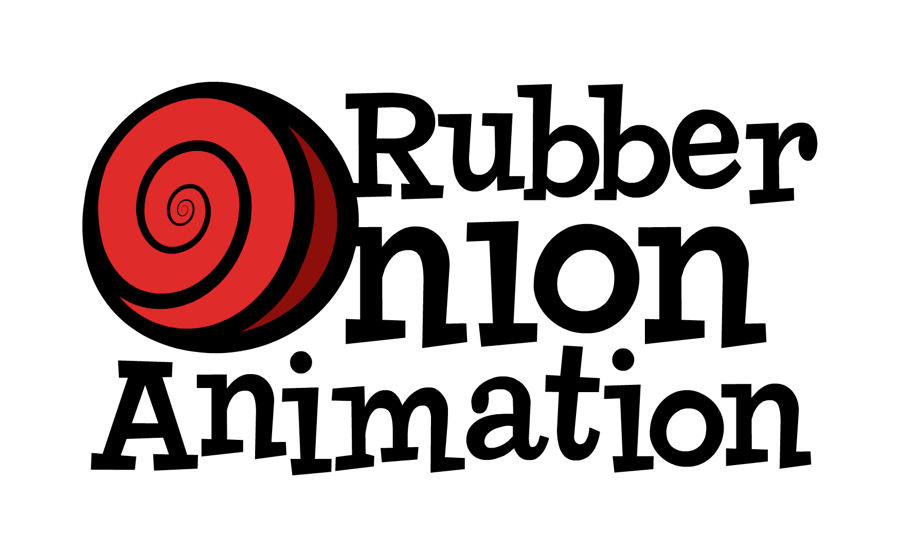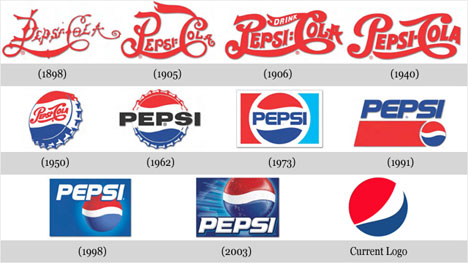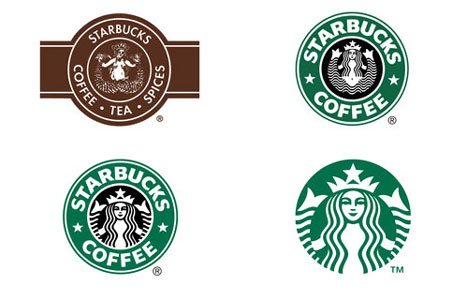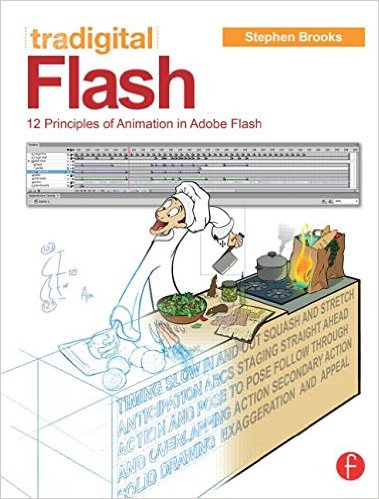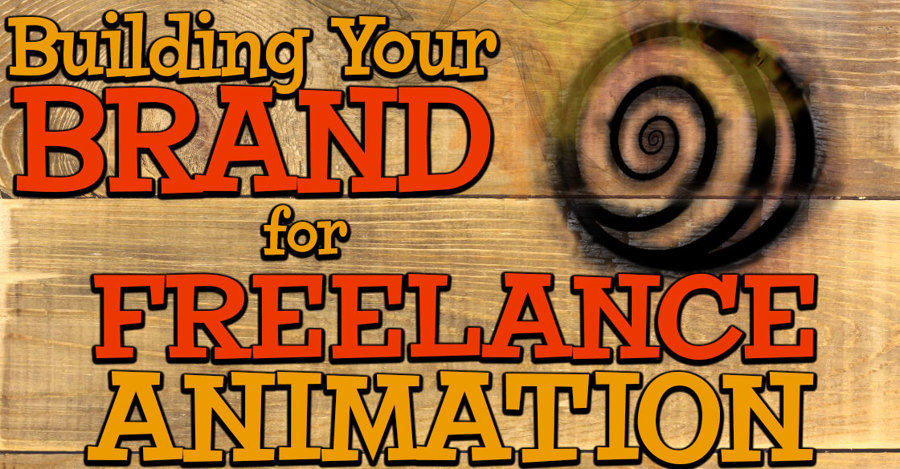 This is part 2 in my 4-part series on how to start a Freelance Animation business. Sign up for my Newsletter in the month of January or pledge anytime on Patreon to get the full ebook in February! Here's what is covered in this week's blog post on BUILDING YOUR BRAND:
This is part 2 in my 4-part series on how to start a Freelance Animation business. Sign up for my Newsletter in the month of January or pledge anytime on Patreon to get the full ebook in February! Here's what is covered in this week's blog post on BUILDING YOUR BRAND:
- Deciding what you want in a freelance business
- Who your clients are, and developing a niche market
- The "brand" package: name, look, and tagline
- Self-promotion and how much you can manage
- Testing your efforts
... there's also a "Too Long Didn't Read" section at the bottom if you just want the gist! So let's not waste anymore time and get into the good stuff!
This topic was part of the full 2 hour long episode #106 of the RubberOnion Animation Podcast which you can listen to and comment on RIGHT HERE on Newgrounds!
Or via SoundCloud if you prefer...
1>>> Deciding what you want in a freelance business
A photo posted by Stephen Brooks (@rubberonion) on Nov 11, 2015 at 12:42am PST
Last week we talked about what to expect in your first year a freelance animator. That was all about just getting as much work as you could. You learned how to pitch and quote a budget. You built a network and a portfolio.
There's a lot you will learn in that first year that can't be taught - and that's where we focus our attention in the second year. You've basically amassed a ton of data in your first year working completely on your own (like having productivity issues and how to work past them). You have everything you need to build (or rather 'solidify') your "brand."
First, I'll need you to answer a few questions about what you learned in that first year. Namely:
- Why you like doing what you do
- What you do well
- Which jobs do you want more of
- Why did you get the jobs you did
The things you'll learn from answering those questions are purely focused on you. Because that's a huge part of the freelancing... you. I would say 100% but let's be real, you need clients or customers to complete that equation but suffice to say that without you there wouldn't even be a glint of a freelance business. The point is, if you're going to build a freelance brand... it has to start with something you can do and keep doing. That's what the answer to those questions get you.
Let's take the first question as an example: "why you like doing what you do." Say you like being a freelancer animator because the projects you work on have your style... you get a lot of value out of seeing your own art style spread across the world by way of the variety of clients. In that case... you would want to stay away from jobs where you're asked to mimic a style, where the content clashes with it, or where the end product isn't going to be seen in the way you'd like (i.e. behind a paywall).
That's just the answer to one questions and already you have an idea over the brand you'd like to develop and what its function might look like. I'll address the other three questions and the whole process in more detail in the ebook at the end of the month (don't forget to pledge on Patreon)!  Second, now that we have an idea about what you want the work behind your brand to be we need to address the brand itself. The questions are:
Second, now that we have an idea about what you want the work behind your brand to be we need to address the brand itself. The questions are:
- Are you the brand, is it a business, or both?
- What's unique about you?
- Who are your clients
- What does each "feel" when they think of you(r business)
- What will help support all of that
The conventional wisdom that you are your brand as a freelancer is a bit misguided, but mostly true. "You" is, as they say, a fluid concept. You don't need to be Andy Kaufman but you are allowed to decide what version of "you" to put out there. I'll give example of these in the ebook but the answer to these questions will really help form what the outward representation of your brand will be.
You have a voice - whether you like it is kind of a separate issue, but it's there. You can either use it or change it but make sure it something you can keep up consistently. You're going to have to have a social media presence in some capacity (at least that's what I'm advocating), which we'll talk about, and I would actually encourage you to let your personality come through but it has to stay on message. For instance...
If you want to be the "retro artist" then your Instagram account shouldn't be filled with pictures of your latest tech. You can have an PS4 but the expression of the joy in that particular purchase doesn't jive with your "brand" then don't share it as such. On the other hand, feel free to share the old-timey refrigerator you just bought. Even though it doesn't have anything to do with animation, if it supports the brand it supports the brand.
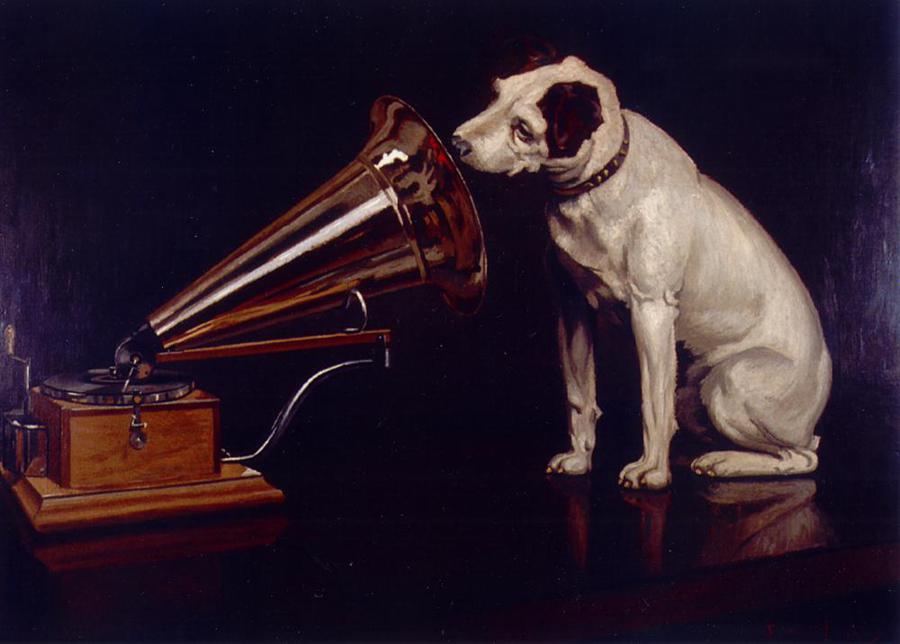 If your voice is part of the brand, you need to amplify the "uniqueness" of you to stand out. There are a lot of people who like pop culture, science, storytelling analysis, and learning many different things... but not everyone likes those in the same way I do and has a similar expression to me and deals with animation. That's where I stand unique, so I emphasize those qualities in just about everything I do.
If your voice is part of the brand, you need to amplify the "uniqueness" of you to stand out. There are a lot of people who like pop culture, science, storytelling analysis, and learning many different things... but not everyone likes those in the same way I do and has a similar expression to me and deals with animation. That's where I stand unique, so I emphasize those qualities in just about everything I do.
The other questions actually dovetail quite nicely into another area... your niche. So, onto the next section!
2>>> Who your clients are, and developing a niche market
It's very important to know who your clients are. You can make art for games, sequences for music videos, animated shorts for online brands, motion graphics for commercials... anything really! What you learned in the section above about yourself, your work, and why you were able to get the jobs you did all helped you to figure out who your clients are.
Early on, clients won't find you... you have to seek out the clients. You do this in pretty much the same way as you find any other job, but now you know which jobs to pursue and which ones to let go.
In order to get the jobs you want, show the potential clients a package they can get on board with. That means working within a niche.
What's a niche?

This is a niche. It's basically a hole-in-the-wall where you can put stuff: trophies, icons, flowers, your keys... you get the point. Well this should illuminate an important point about what a niche is regarding your business. You have a product (or are constructing one) and you need to find the right niche to put it in.
Imaging trying to put a signed basketball in a niche that isn't deep enough into the wall, it'll fall out. Likewise trying to place a tall bamboo plant in a niche which isn't tall enough won't be possible.
If you have a dark sense of humor and art style, marketing yourself for preschool animation would be trying to place your product in the wrong niche.
The benefits of a niche are about limiting competition and increasing recognition. You can be "the guy who does weird photographic loops" or make psychedelic hyper-violent cartoon animation... both of those fill a specific niche where you may only be competing with a few other artists (if that)!
3>>> The “brand” package: name, look, and tagline
Branding is about packaging, and that's what you need to do. If you haven't already chosen a name for your business this would be a good time to do it. You're in the beginning stages of your Freelance business and are still completely malleable.
Type of Names to Use:
-
Use your own name
This is obviously the easiest scenario... if you have a unique an memorable name. There's not a lot of people named Rob Yulfo so my cohost on the podcast gets to use his name. There happens to be a lot of Stephen Brooks out there so it was difficult to me to go by my name alone. That's why I needed option 2... -
Create a business/personal moniker
PewDiePie, Egoraptor and my own RubberOnion are all monikers... pseudonyms. We use them as a stand-in for our own personal "art" identities and they can easily serve as a business names by throwing a studio, films, productions, etc at the end of them. -
Make a business name
These are more straightforward business names like Dreamworks or Blue Sky Studios.
How to Pick a Name:
Your name has to be unique, memorable, and easy to reproduce (meaning not hard to spell). It's a balancing act because while nobody can spell "Schwarzenegger," the name is definitely unique and memorable. Because another part of this equation is that you need a name that is untaken. If your name is Kobe Bryant and you're not the "Kobe Bryant" then that's also a problem.
So what you want to do when picking a business name or moniker is to brainstorm words and phrases which describes your brand. Take mine for example: RubberOnion.
- Rubber comes from "rubber hose animation," an animation style from the 20s and 30s
- Onion comes from "onion skinning" which is a digital animation term for seeing surrounding frames as transparencies (in traditional animation, sometimes light paper was called onionskin paper, but my name comes from the digital use in order to blend "old" and "new" into one name)
One of my favorite website names is Squetch, which is Bernard Derriman's site, taken from mashing together the two words making up the animation principle "Squash & Stretch."
Once you've come up with a good name STOP... you have to check everywhere to make sure that it isn't taken before you settle on it. I'm talking everywhere: URLs, Twitter, Facebook, Instagram, YouTube, Tumblr, Google+, everywhere!
It doesn't matter if you're going to use the site, you just need to make sure nobody else does under your name.
So now you've got a name (or are using your own) and you've secured it on every site you can think of... what next?
Logo & Tagline:
These two things kind of go hand in hand because it's not just about the look but about using that to establish a tone. It's that tone which will pull in one audience possibly at the expense of another. Here are some things to keep in mind as you design your logo:
- Who is your target market (age group, education level, genre interest, etc)
- What colors do you want associated with your brand
- Can/should your name be included in the logo
- What font represents your brand or must you make a custom one
- Make sure your design is scalable (it will be used in 25x25 avatars and full HD displays at one point or another)
There's two forms of a logo that you should make: a logomark and a logotype. Essentially a logotype is your logo + text (like business name) and a logomark is just the logo. Here are mine:
RubberOnion Logotype (top) Logomark (bottom)
Another very important point is the STAMP TEST... the idea being that if your logo is unrecognizable as a black & white stamp, it's too complicated. 
Whether you use it or not, creating a tagline is important for directing focus on what your brand prioritizes. I don't use mine much but in work emails, invoice memos, and business cards but it's:
RubberOnion: "flexible and multilayered"
My tagline supports the business name (rubber = flexible; onion = multilayered) and the terms are what I espouse in my work. So now you have decided what's important to you and your business, you've honed in on a client niche, and have a "brand package" (a name, logo, and tagline). Over the rest of this year you'll be doing the following with it...
4>>> Self-promotion and how much you can manage
As a Freelancer, you're your own everything (usually). This means you're the IT guy, payroll, marketing department - you name it... you're it. So marketing yourself is part of the game.
The best way to market yourself is one which you can do everyday which supports what you already do. This means having a facebook fan page which supports your brand's personality and links to your collaborators & clients (reinforcing your network at the same time as giving people something to "follow"). It means using a twitter account to interact with fans, peers, and potential/active clients.
Avoid "unitools"
Unitools (single-use tools) are things which have no other function that what they're designed for - think: fryers and rice cookers. We're looking to make use of things that have multiple functions - think: tongs.
Let's take my podcast for instance. It's an awful lot of work for me... and I get no direct monetary return (it's a free show with no sponsors). As a matter of fact, I have to spend money hosting the show. But it serves many functions for me (staying sharp in a career working "from home," having content to release every week, building a following) but it also serves functions for the listener (staying informed, hearing analysis, wasting time on a commute or doing menial tasks... I know my audience).
The subtitle of this section is "and what you can manage" for a reason. I made a very determined decision to produce this podcast and have given it considerable amounts of my time & energy. But this is a unique in my self-promotion lineup because I also...
- share animation related stories on FACEBOOK
- communicate with fellow artists on TWITTER
- post behind the scenes and featured images on INSTAGRAM
- dual-post blogs on TUMBLR and NEWGROUNDS
Even the podcast, which takes such an effort to produce, is also uploaded on the Soundcloud, Newgrounds, and sometimes YouTube... while the post on my own website is double posted on Tumblr and Artiholics.
Try setting up a Newsletter (you can even have MailChimp auto-pull posts from your RSS feed so it's automatic) so people can stay up to date with what you do in another way.
It's all about having avenues to keep your name & brand out there which either doesn't cost you much time ~or~ play multiple rolls of benefit (to you and your audience).
Building a website is another very important part of self-promotion. I talk about that and other more detailed subjects in the ebook on Starting a Freelance Animation Business coming out next month. If you want a copy you can sign up for my Newsletter to the right sometime in January or become a Patron on my Patreon page at any time!
5>>> Testing your efforts
Periodically throughout the years you're going to want to test and see if what you're doing is working... here are some ideas:
- Try searching for your business without using your name... only keywords associated with what you do
- Time yourself (or another) browsing your website in 60 seconds... what was learned in that minute?
- Ask your clients how they found you, why they awarded you with the gig, and ask for a testimonial
The important part about establishing a brand is that you want it to seem evergreen, but actually remain flexible to the times. Here are a couple logo change examples I pulled from an awesome post on Web Urbanist
Listen to your clients, customers and fans about what they want in your service and if you can accommodate and it fits with the answers to the first question in this post about what you want to do... then do it! It's sometimes difficult to know when being determined is being headstrong... that's actually not something anyone can tell you. It's one of the reasons you became a Freelancer is to make decisions like that for yourself and let your own knowledge-of-self direct your career.
Listen to this week's podcast for a chat about this topic and make sure you check out next Monday's blog post on the second year in freelancing which is all on growing your brand!
I have an animation tutorial book coming out in March through the respected art book publisher Focal Press, it's available for pre-order now and is fully updated for the new Adobe Animate CC release! Click the image to check out the Amazon page if you like this and other blog posts and the way I explain things
TL;DR Use the knowledge of how you work to direct the core beliefs of your brand - this increases the chances of sustainability in tough times because it's built around you. Your self-promotion should be in a voice that supports these "brand beliefs" and consistent across all platforms.

